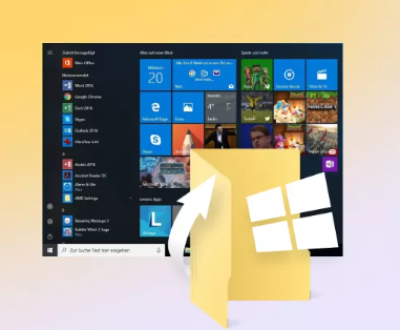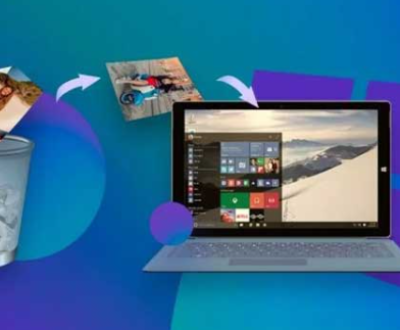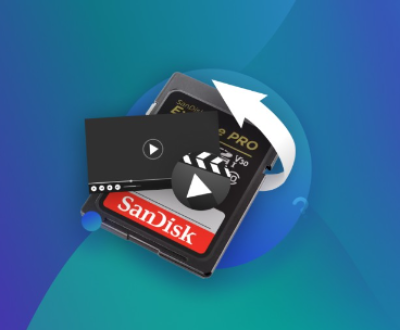While enclosures are typically used to provide protection, cooling, and convenient connectivity for internal hard drives, there are ways to use the drive directly, depending on the specific circumstances.
1. Hard drives
Hard drives come in two major categories: internal and external. Internal hard drives are designed to be installed within a computer case, connected to the motherboard via cables such as SATA or IDE, and powered by the computer’s internal power supply. In contrast, external hard drives are typically housed in an enclosure that provides the necessary connections for easy external use via USB, Thunderbolt, or eSATA.
While enclosures for internal hard drives offer numerous benefits, including portability, protection, and easy plug-and-play functionality, it’s possible to use an internal hard drive without one. This might be useful in situations where you need to access or recover data, perform diagnostics, or temporarily use the drive without the need for the extra casing.

2. Internal Hard Drives
An internal hard drive refers to a hard disk drive (HDD) or solid-state drive (SSD) designed for installation inside a desktop or laptop computer. These drives come in several physical form factors, including 3.5-inch and 2.5-inch sizes for traditional hard drives and SSDs. While internal drives are typically installed in a fixed location, connected directly to the system’s motherboard and power supply, they lack the casing and ports commonly found in external drives.
Key components of an internal hard drive include:
Platter (for HDDs): This is the spinning disk inside the drive where data is written and read.
Read/Write Heads (for HDDs): These are the parts that move across the platter to access data.
Controller (for both HDDs and SSDs): This is the part that manages communication between the hard drive and the rest of the computer.
SATA or IDE Interface: This is the data interface that connects the hard drive to the motherboard.
Power Connector: Supplies power to the drive.
An internal hard drive lacks the USB interface and external casing that allow an external hard drive to be connected to other devices. As such, internal drives require specific connections to work outside of their intended environment.
3. Advantages of Using Internal Hard Drive Without Enclosure
There are several benefits to using an internal hard drive without an enclosure, including:
1.1. Cost-Effective
If you already have an internal hard drive and need to use it externally, purchasing an enclosure can add unnecessary costs. Using the drive without the enclosure allows you to save that money. You may only need a USB-to-SATA adapter or a similar connection device, which is often cheaper than a full enclosure.
1.2. Portability in Some Cases
Without the bulk of an enclosure, the internal drive may be lighter and easier to transport in situations where the drive does not need to be continuously plugged in.
1.3. Speed and Performance
Enclosures for external drives sometimes introduce latency or bandwidth limitations, especially if the drive is connected via a slower USB 2.0 or 3.0 port. Directly connecting the internal drive via SATA or another direct interface can give you faster read/write speeds and lower latency compared to a typical external drive.
1.4. Recovery and Repair
In cases where you need to recover data or diagnose issues with the internal drive, using it outside the enclosure (e.g., as a secondary drive on another computer) can sometimes be easier, particularly if you are accessing it from a different machine that already has the necessary ports.
1.5. Flexibility and Experimentation
Using the drive outside its enclosure offers flexibility for those who like to experiment with different setups. You can test configurations, access data, or attempt recovery in ways that may be more complicated when using the drive in its original case.
4. Disadvantages of Using Internal Hard Drive Without Enclosure
While there are advantages, there are also significant disadvantages to using an internal hard drive without an enclosure. These include:
2.1. Lack of Protection
The primary disadvantage of using an internal drive without an enclosure is the lack of protection. Hard drives are sensitive to physical damage, such as drops, shocks, and dust. An enclosure protects the drive from the elements and keeps it safe from accidents. Without an enclosure, the drive is vulnerable to potential damage.
2.2. Cooling Issues
Enclosures are designed to help with heat dissipation. Without an enclosure, the drive may overheat, especially if it’s operating for extended periods of time. Overheating can lead to performance throttling, data loss, or even permanent damage to the drive.
2.3. Risk of Static Electricity
Internal hard drives, especially HDDs, can be susceptible to damage from electrostatic discharge (ESD). If you don’t use proper precautions (e.g., an anti-static wristband or mat), handling the drive without an enclosure increases the risk of damaging the drive through static electricity.
2.4. Inconvenient Connections
When you remove the internal drive from its enclosure or computer, you need the right connections to interface with the drive. Without an enclosure, you’ll need a USB-to-SATA adapter, docking station, or another specialized cable. This extra setup can be inconvenient and may involve more cables and devices than you would typically need with an external hard drive.
2.5. Data Security Concerns
Without an enclosure, it’s harder to secure the drive physically. If you’re using the drive for data storage or backup purposes, it may be more prone to theft, unauthorized access, or physical tampering, as there’s no locked casing or safe exterior.
5. How to Use an Internal Hard Drive Without an Enclosure
If you want to use an internal hard drive without an enclosure, here are the basic steps involved:
3.1. Get the Necessary Cables or Adapter
The first thing you’ll need is a way to connect the internal hard drive to your computer. For SATA drives, this means obtaining a SATA-to-USB adapter or a docking station that supports the connection type of your hard drive.
3.2. Connect the Power Supply
If the internal hard drive is a 3.5-inch HDD, it will require external power, since most computers provide power through internal power connectors. For a 2.5-inch drive, you can often use a USB-to-SATA adapter that includes power. If not, you’ll need a separate power supply.
3.3. Connect the Drive to Your Computer
Once you have the necessary cables, connect the hard drive to your computer. If using a SATA-to-USB adapter, plug the USB end into an available port on your computer, and ensure the power connector is properly attached to the hard drive.
3.4. Power On and Access the Drive
After connecting the drive, turn on your computer. You should see the internal hard drive appear as a new external drive, allowing you to access or manage the files.
6. Connecting an Internal Hard Drive to a Computer
There are different methods to connect an internal hard drive without an enclosure:
SATA-to-USB Adapter: This is one of the simplest methods. A SATA-to-USB adapter is a small device that connects to the hard drive’s SATA interface and allows you to connect it via USB to your computer.
Docking Stations: These devices hold the internal hard drive and connect it to the computer via USB, eSATA, or Thunderbolt. Docking stations usually offer additional features like faster data transfer rates or the ability to work with multiple drives.
Direct Connection via SATA: For advanced users, connecting the internal drive directly to the motherboard’s SATA ports is an option, but this may not be practical unless you have access to another system or additional cables.
7. Safety and Handling
Proper handling of internal hard drives is essential to avoid physical damage and data loss. Always ensure you handle the drive by its edges to avoid touching the circuitry. Use an anti-static wristband to prevent electrostatic discharge.
8. Performance Considerations
Using an internal hard drive without an enclosure may impact performance, especially in terms of cooling. If you’re using the drive for extended periods, be aware of the potential for overheating and ensure it’s in a well-ventilated area.
9. Possible Risks and How to Mitigate Them
The main risks associated with using an internal drive without an enclosure are physical damage, overheating, and ESD. To mitigate these risks, make sure the drive is placed in a safe, stable environment, and take precautions to ground yourself when handling it.
About us and this blog
Panda Assistant is built on the latest data recovery algorithms, ensuring that no file is too damaged, too lost, or too corrupted to be recovered.
Request a free quote
We believe that data recovery shouldn’t be a daunting task. That’s why we’ve designed Panda Assistant to be as easy to use as it is powerful. With a few clicks, you can initiate a scan, preview recoverable files, and restore your data all within a matter of minutes.
Subscribe to our newsletter!
More from our blog
See all postsRecent Posts
- How to restore deleted images 2025-06-30
- How to restore a deleted file on windows 2025-06-30
- is there any way to restore deleted photos 2025-06-30

 Try lt Free
Try lt Free Recovery success rate of up to
Recovery success rate of up to









